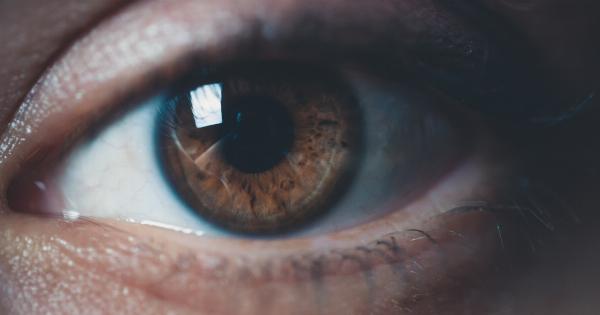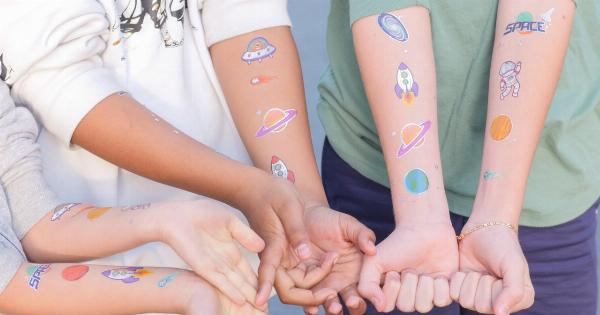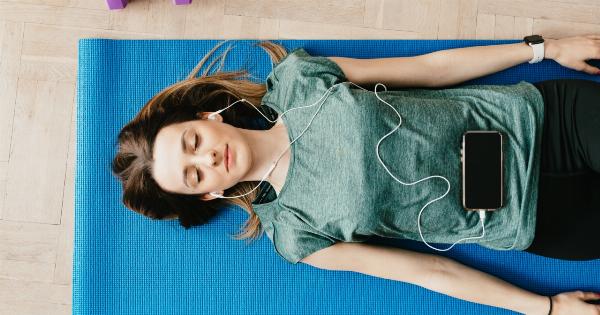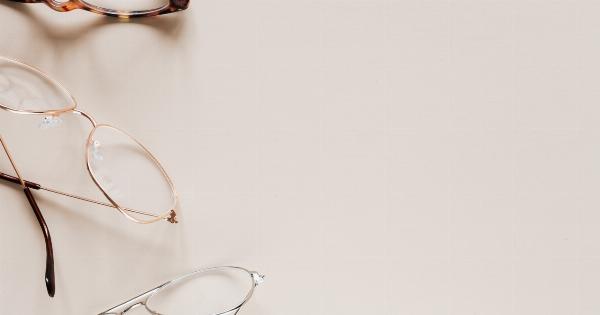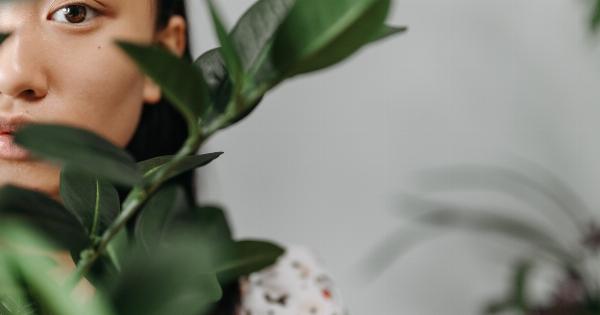The summer months are a time for fun in the sun, but it’s important to remember that your children’s eyes are vulnerable to the harmful effects of UV radiation.
In this ultimate guide, we’ll explore the best ways to protect your children’s eyes from the sun this summer.
Why Protecting Your Children’s Eyes is so Important
Children have larger pupils than adults, which means that more UV radiation enters their eyes. This increases their risk of developing eye problems later in life, such as cataracts and macular degeneration.
Additionally, children spend more time outdoors in the summer, which means that they are exposed to more UV radiation.
1. Choose the Right Sunglasses
The best way to protect your children’s eyes from the sun is to buy a pair of quality sunglasses that block out 100 percent of UV rays.
Look for sunglasses with frames that wrap around the face and lenses that are large enough to cover the eyes and the surrounding area. Choose lenses that are polarized, as they help reduce glare and increase visual clarity.
2. Use a Wide-Brimmed Hat
A wide-brimmed hat can provide additional shading for your child’s face and eyes. Look for a hat with a brim that is at least 3 inches wide all the way around. This will provide protection not only for the face and eyes but also for the neck and ears.
3. Cover Up with Clothing
Long-sleeved shirts and pants can also provide protection from the sun. Look for clothing made from a tight-weave fabric, as this will block out more UV radiation.
Light-colored clothing is also a good choice, as it reflects more UV radiation than darker clothing.
4. Time Your Outdoor Activities Carefully
The sun’s UV radiation is strongest between 10 a.m. and 4 p.m. Try to plan your outdoor activities for earlier or later in the day to reduce your child’s exposure to the sun.
If you must be outside during these hours, make sure your child takes frequent breaks in the shade.
5. Apply Sunscreen
Sunscreen can protect the skin from the harmful effects of the sun, but it’s important to choose the right kind of sunscreen and to use it correctly.
Look for a sunscreen with an SPF of at least 30, and reapply it every 2 hours or after swimming or sweating. Be sure to apply sunscreen to your child’s face and the tops of their ears, as these are areas that are often missed.
6. Keep Your Child Hydrated
Dehydration can cause dry eyes, which can be more susceptible to damage from UV radiation. Make sure your child drinks plenty of water throughout the day, especially when they are spending time outdoors. Encourage them to take frequent water breaks.
7. Be Aware of Reflections
Water, sand, and even concrete can reflect UV radiation back into your child’s eyes, increasing their exposure. Keep this in mind when choosing outdoor activities and make sure your child’s sunglasses have lenses that block out both UVA and UVB rays.
8. Be Prepared for Sports and Other Activities
If your child plays outdoor sports or enjoys other outdoor activities, make sure they have the proper eye protection. Sports goggles, for example, can protect the eyes from impact injuries as well as UV radiation.
9. Talk to Your Eye Doctor
Your eye doctor can help you choose the right sunglasses and can also provide advice on other ways to protect your child’s eyes from the sun. They can also perform regular eye exams to check for any signs of damage from UV radiation.
10. Setting a Good Example
Finally, the best way to protect your children’s eyes from the sun is to set a good example yourself. Wear sunglasses, a hat, and protective clothing when you are outside, and make sure your children see you doing it.
This will help establish good habits that will last a lifetime.


